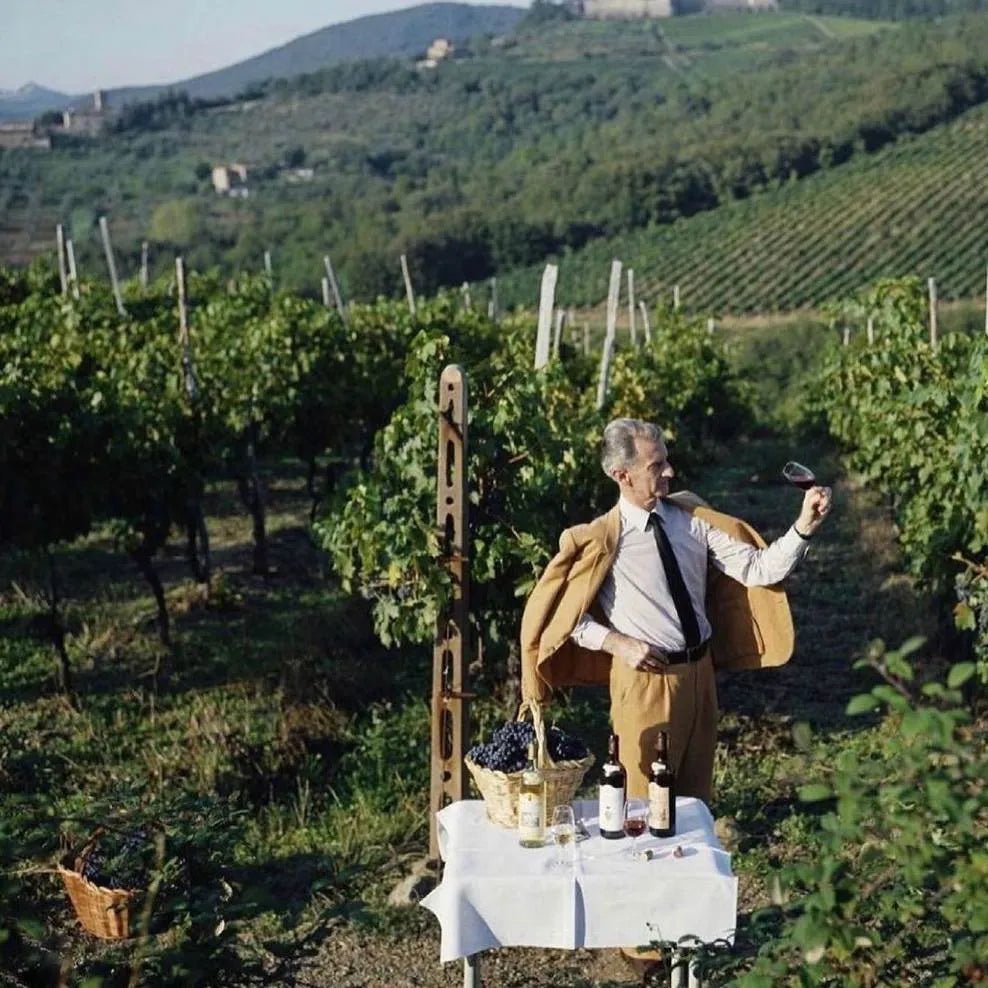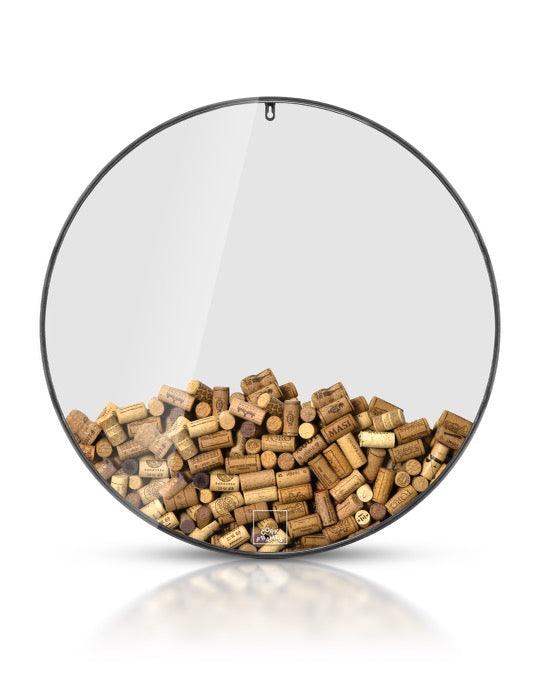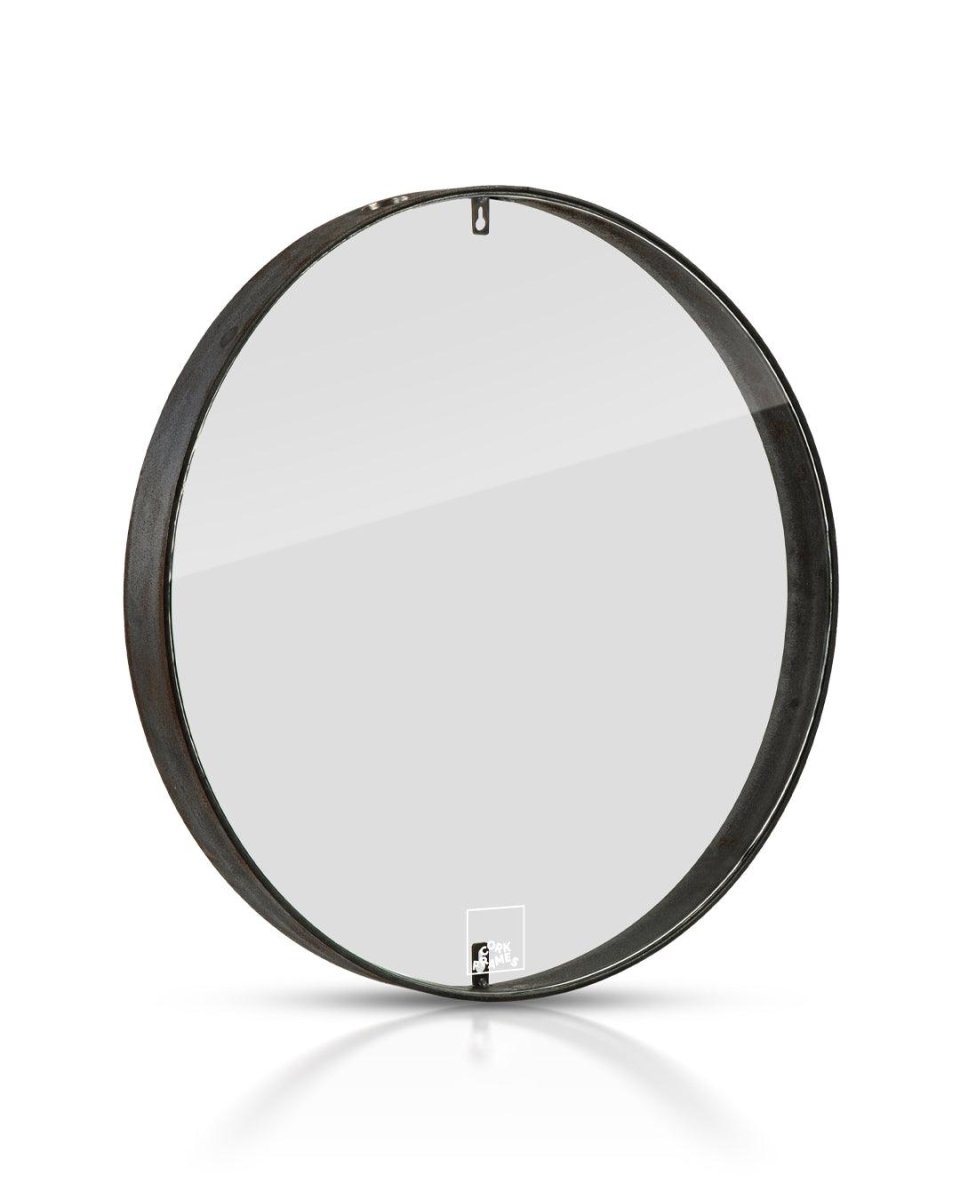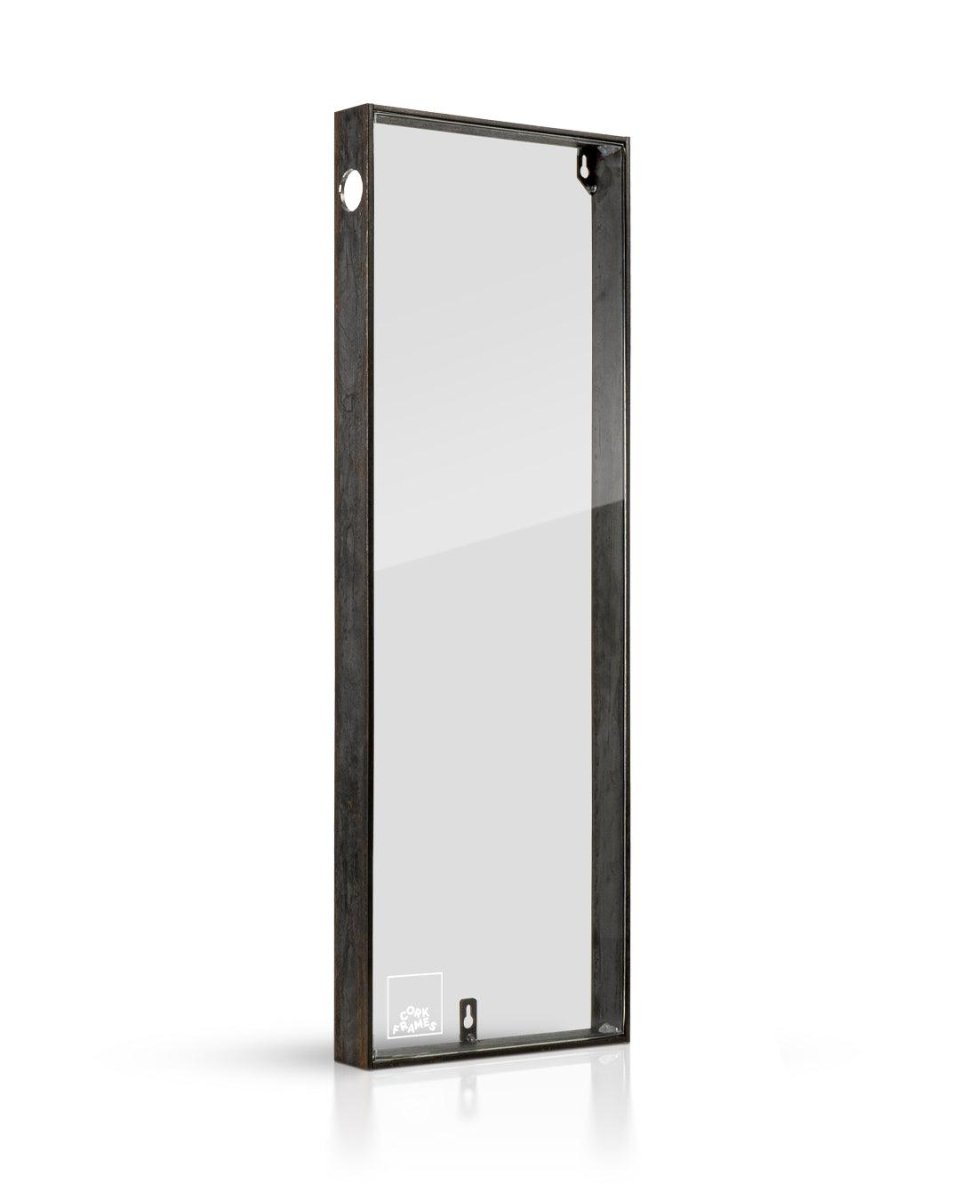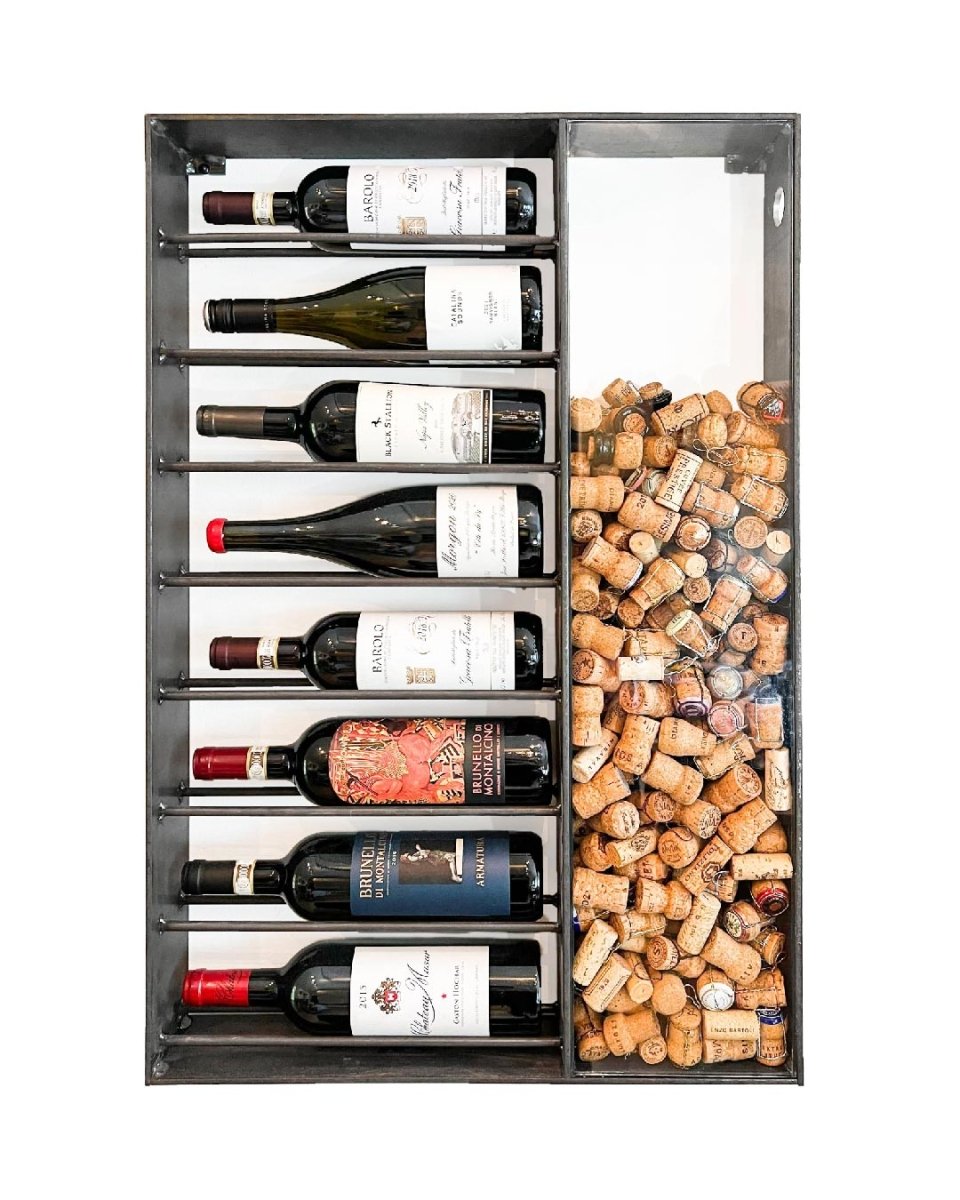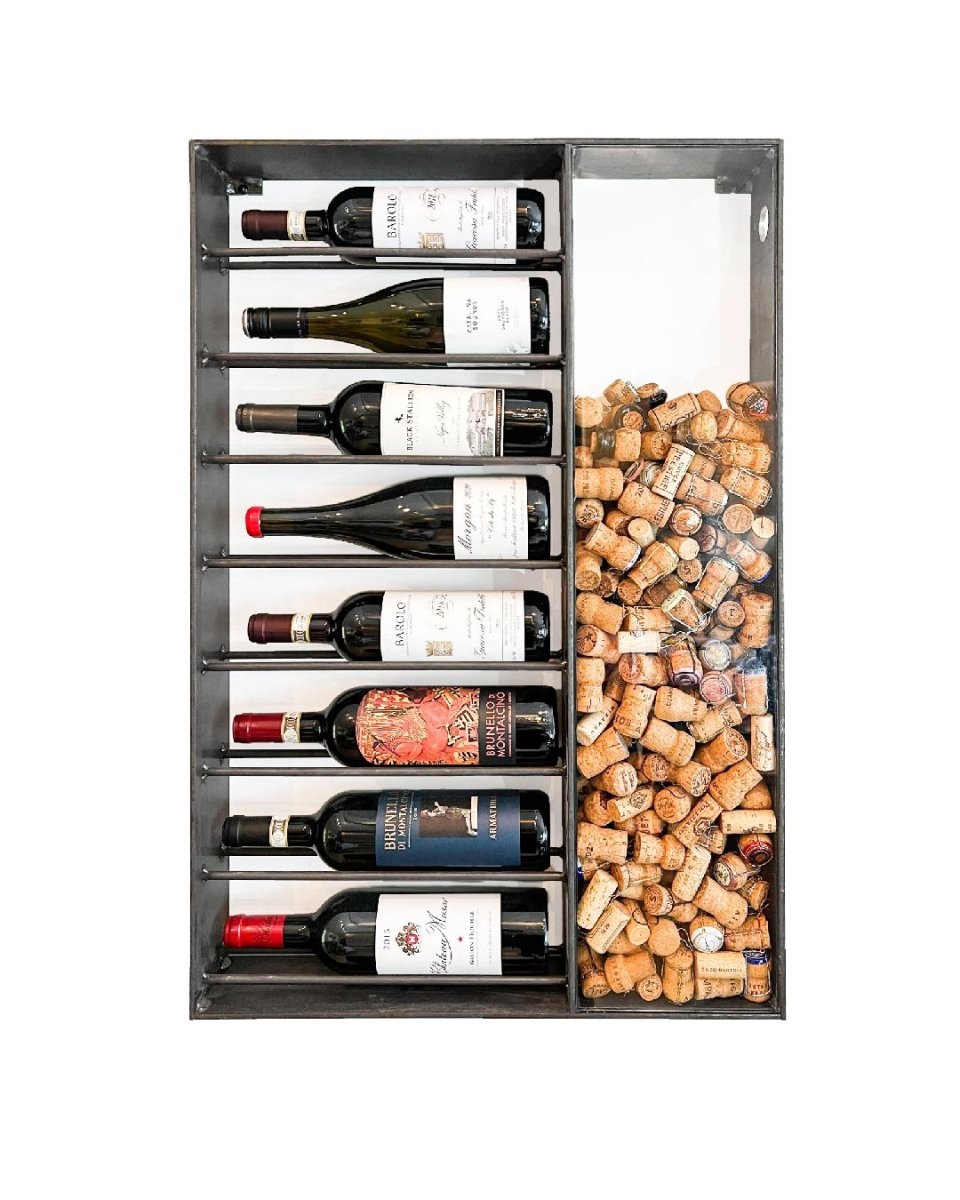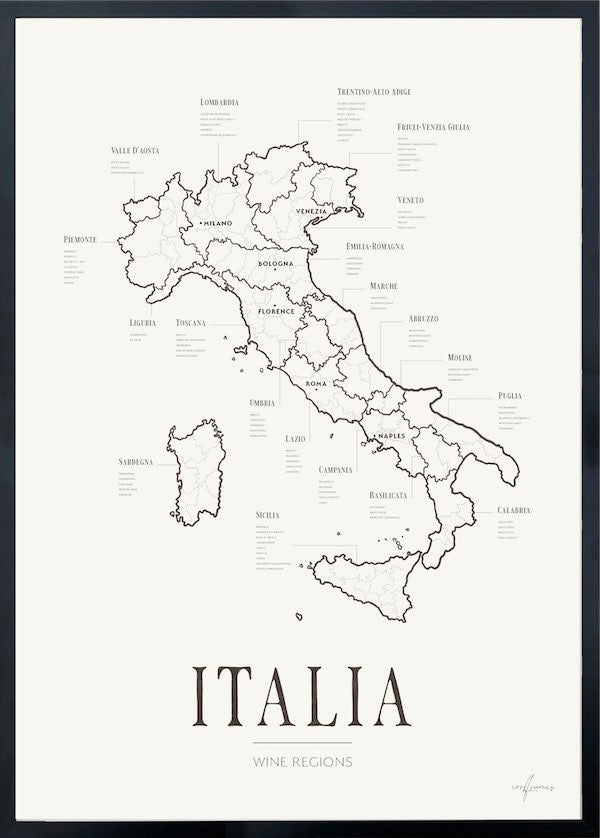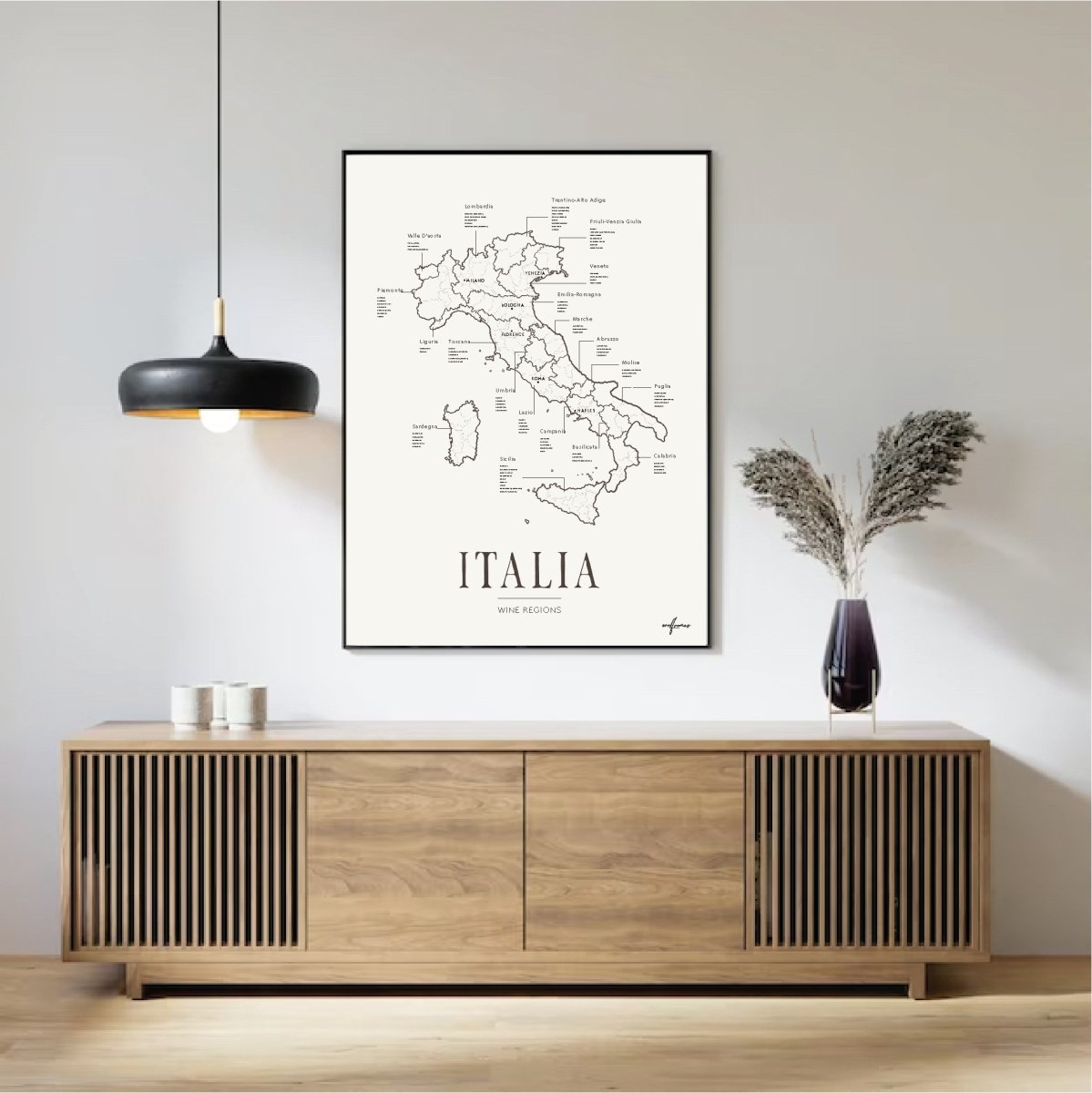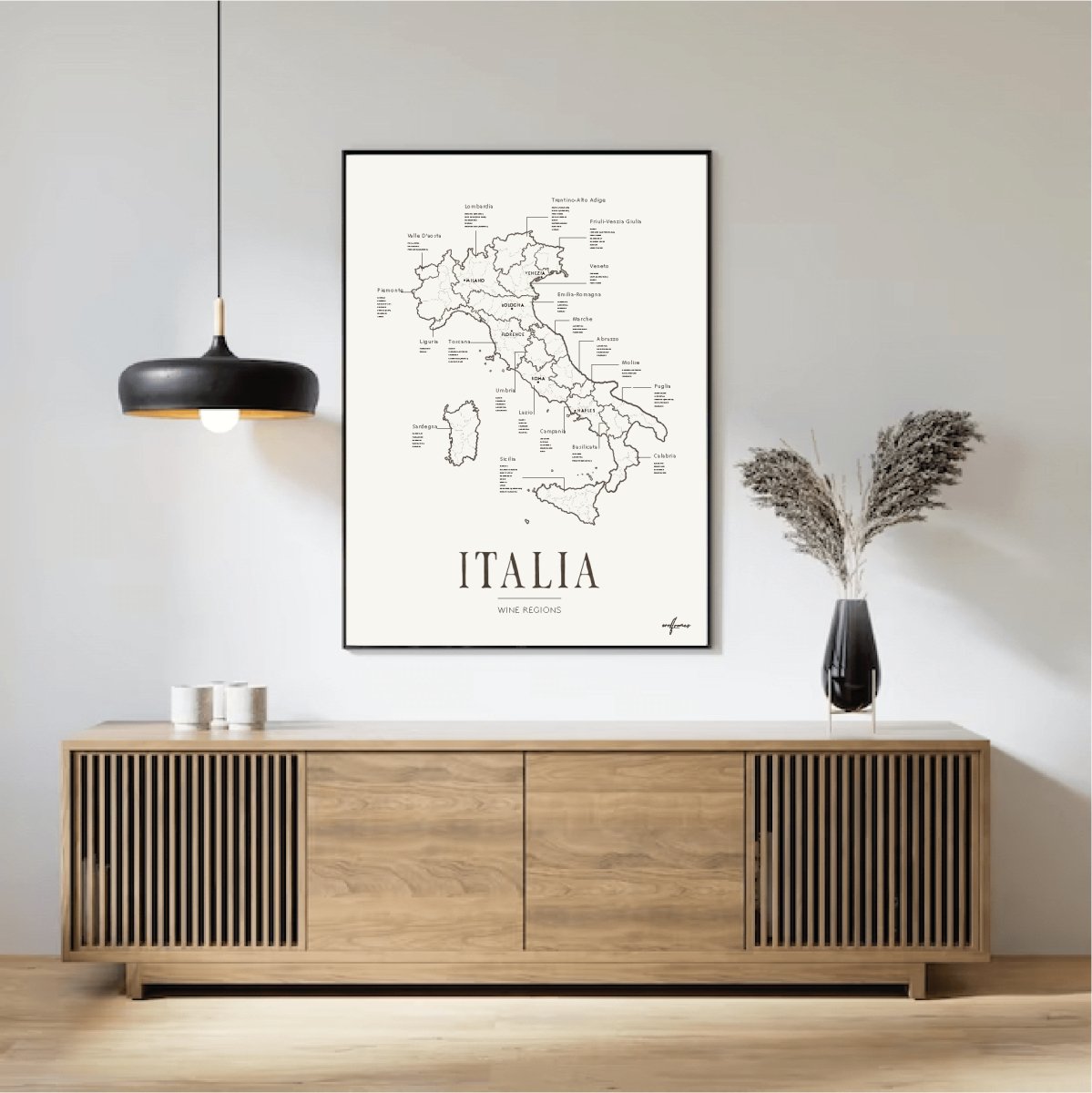Prosecco has its roots in northern Italy, particularly in the regions of Veneto and Friuli-Venezia Giulia. The origins of this fresh and sparkling wine can be traced back to Roman times when an ancient variety of the Glera grape was cultivated near the village of Prosecco, just outside Trieste.
The Romans appreciated wines from this area, and local farmers gradually developed their cultivation and winemaking techniques over the centuries.
During the Renaissance in the 16th century, Prosecco gained a reputation as a fine and esteemed wine, especially in Venice. However, it wasn’t until the 20th century that Prosecco started to resemble the drink we know today. Technologies like the Charmat method, where the second fermentation takes place in large tanks instead of in the bottle (as in the traditional method), enabled the mass production of Prosecco while preserving its freshness and aromas. This made the wine more accessible to the public and quickly popular, not only in Italy but also internationally.
Prosecco is classified into different categories based on quality and production methods. The two highest quality categories are DOC and DOCG. Prosecco DOC (Denominazione di Origine Controllata) is the most common and is produced in nine provinces in Veneto and Friuli. Prosecco DOCG (Denominazione di Origine Controllata e Garantita) represents the highest quality and comes from two specific areas: Conegliano Valdobbiadene and Asolo, where the grapes grow on steep hills with an ideal climate, giving the wines a more complex and elegant character.
Within these categories, there are different styles, depending on the level of carbonation and sweetness. Spumante is the most sparkling style, followed by Frizzante, which has a lighter mousse. There is also Tranquillo, a still Prosecco without bubbles. In terms of sweetness, Prosecco ranges from the dry Brut, which has less than 12 grams of sugar per liter, to Extra Dry and Dry, which are sweeter options.
Prosecco’s unique history and its evolution from a local tradition to an internationally appreciated wine have made it a symbol of Italian elegance and enjoyment. From festive occasions to everyday moments, Prosecco offers a bubbly freshness that is loved around the world.


